Judging and Understanding Award-Winning Beers as a Homebrewer
Picture this, fellow beer lovers: you are at a brewery and one of the beers is touted as a medal winner from the Great American Beer Festival (GABF) or World Beer Cup (WBC). You order the beer; anticipated to fill it up in a growler to share with your buddies. After a lengthy sniff and thorough gulp, you realize that it’s good, maybe great, but not something you’d quite define as “award-winner.” Then you pull out your phone to cross-reference ratings and opinions through RateBeer, Beer Advocate, Untappd, etc…
Most of us have gone through this all too familiar situation especially those keen to find the next big discovery. Some beers will put that particular prestige on their labels. As taste is subjective, I never thought how a beer exactly wins a medal at one of these events. That was until I helped at the Hop Blossom Homebrewing Competition in Winchester, Virginia… where defining an extraordinary beer was much more demanding than I realized.
Before I get into detail chronicling this event, I have to give special thanks to the Shenandoah Valley Homebrewing Guild (SVHG). In full disclosure, I am an official member of this group. Leaders Tim Arndt and Eric Boyers provided so much space and hospitality while organizing this massive undertaking. Judging beer is surprisingly time and energy consuming due to the competition’s 200-bottle entry limit. The beers were judged over the course of three days and carefully studied with the utmost respect. I didn’t have any beers submitted in the competition, so I took this experience to learn the judging process.
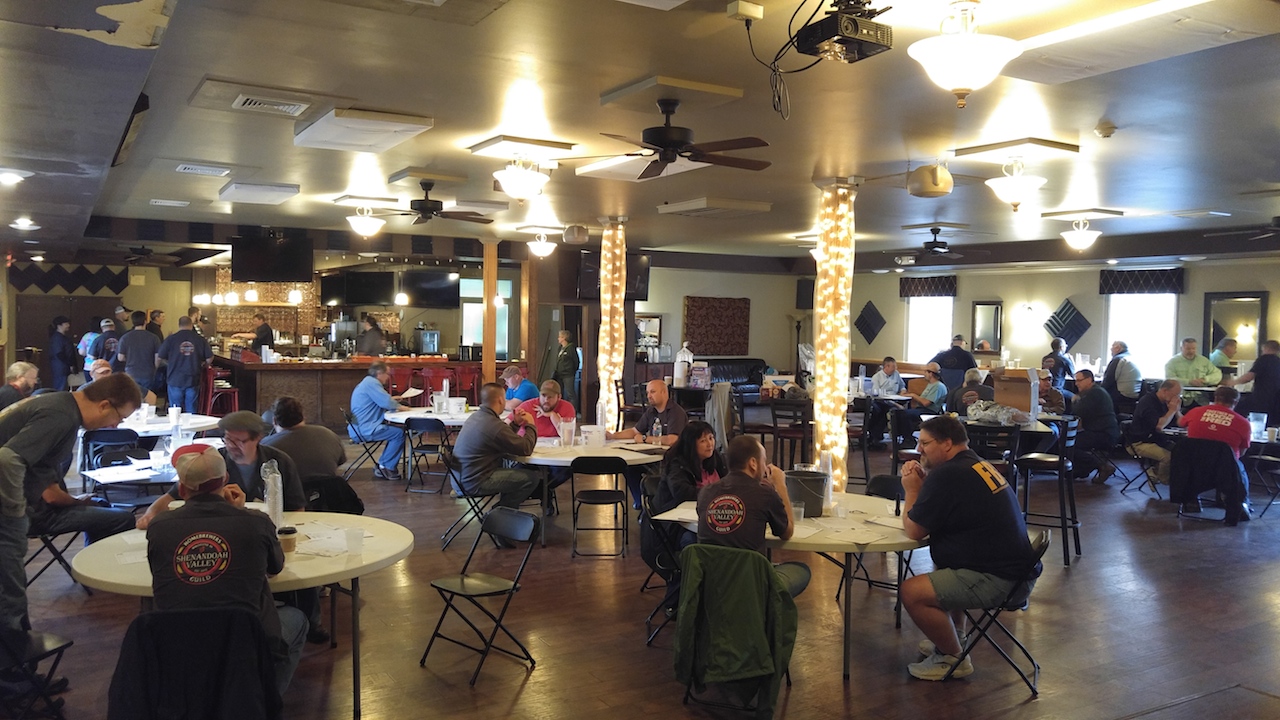
The number one goal for any homebrewers is to learn the Beer Judging Certification Program (BJCP) Guidelines. The BJCP Guidelines are The Bible; the definition to following every beer style is written in these pages identifying the ideal aroma, appearance, flavor, and mouthfeel. Taste absolutely matters but placing your beer in the right category to those sense-based standards is the most important detail. You are looking to submit beers for descriptive critique, not just to win awards. If you want time to analyze the categories for yourself, be sure to check the official BJCP website or download some of the helpful guideline apps.
For the Hop Blossom Homebrewing Competition, I was a “steward.” A steward is an assistant to the judges who provides materials for scoring beers and expedites the judging process. Stewards are often allowed to taste beers and give input on the appearance, aroma, taste, and mouthful, but they are not allowed to officially score the beers. Beers can only given points and awarded by official BJCP-certified Judges in their individual categories. The only time when the guidelines are lessened is during the “Best In Show” period, where beers are placed by overall quality and taste.
From start to finish, judging a single beer amongst three to five people can take anywhere from ten to twenty-five minutes. So when I helped the judges sort 8 entries for the American Porter and Stout category; the whole ordeal took about 2 hours. The time is necessary for every style as the slow change in temperature or air exposure can change a beer’s composition. My judges made a note to cover their sample cups with secondary cups, just to capture the initial smell from the first pour. Even a flashlight is provided if you want to measure the Standard Reference Method (SRM) to an appropriate color.
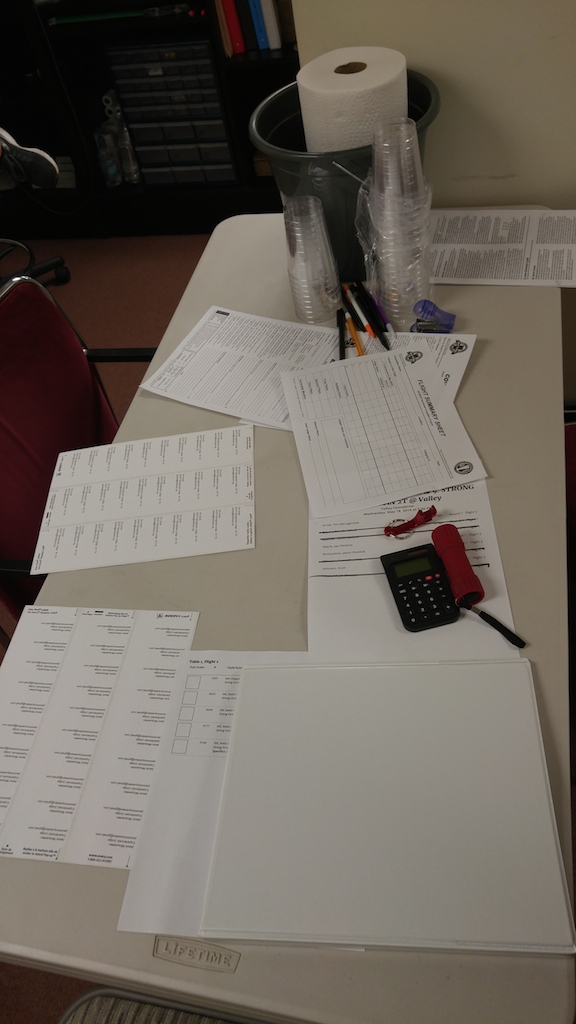
As a judge, you are expected to be 100% honest, meticulous, and fill out every beer score sheet from top to bottom. You must be thorough; every essence you find through nose or mouth must be listed down from first sip to finishing swig. Its helps the brewer tremendously if you quantify every aspect of what the beer represents to the style. (Is it too hoppy? Not hoppy enough? Does it have an off-flavor? How carbonated is it? Is the strength of the yeast appropriate?) Neck-and-neck finishes are rather common when judging, so every judge needs to write down what entry has the most appropriate conditions.
I also took notice of how important it is to identify special ingredients and aging techniques in your beers. Some imperial stouts I tried used fancy coffee and specific types of wood, which gives you a particular expectation for what the beer is going to feature. Certain ingredients can greatly change the composition in the beer from the clarity to the slickness in the finish. We found one particular vanilla beer labeled as an American Porter that was delicious, but would have been more suited for the Brown British Beer category.

This distinguishing of styles became more apparent during my second group of judging: Specialty IPAs. A separate team judged standard IPAs while my crew sorted through a subcategory that has six additional subcategories. Although there are definitions for idealized “Rye IPA” or “Red IPA,” this is where judges need that level of experience. How one person interprets the perfect “Brown IPA” can vary widely from another, as most entries do not list the exact grain/hop/yeast bill.
In this category, I may have had the single best Black IPA I’ve ever tasted. It had a beautiful piney aroma and flavor, backed by foresty hints of juniper, licorice, and light smoke. However, some of the other judges would have considered labeling it as a “hoppy porter.” I had no problem against that decision, but that’s where a judge’s intuition comes forward from studying these guidelines. The “Best in Show” judges for entire IPA category would have agreed with them. It reminded me of the first time I tried Storm King from Victory Brewing, where I was shocked to learn it was an Imperial Stout rather than a Cascadian Dark Ale.
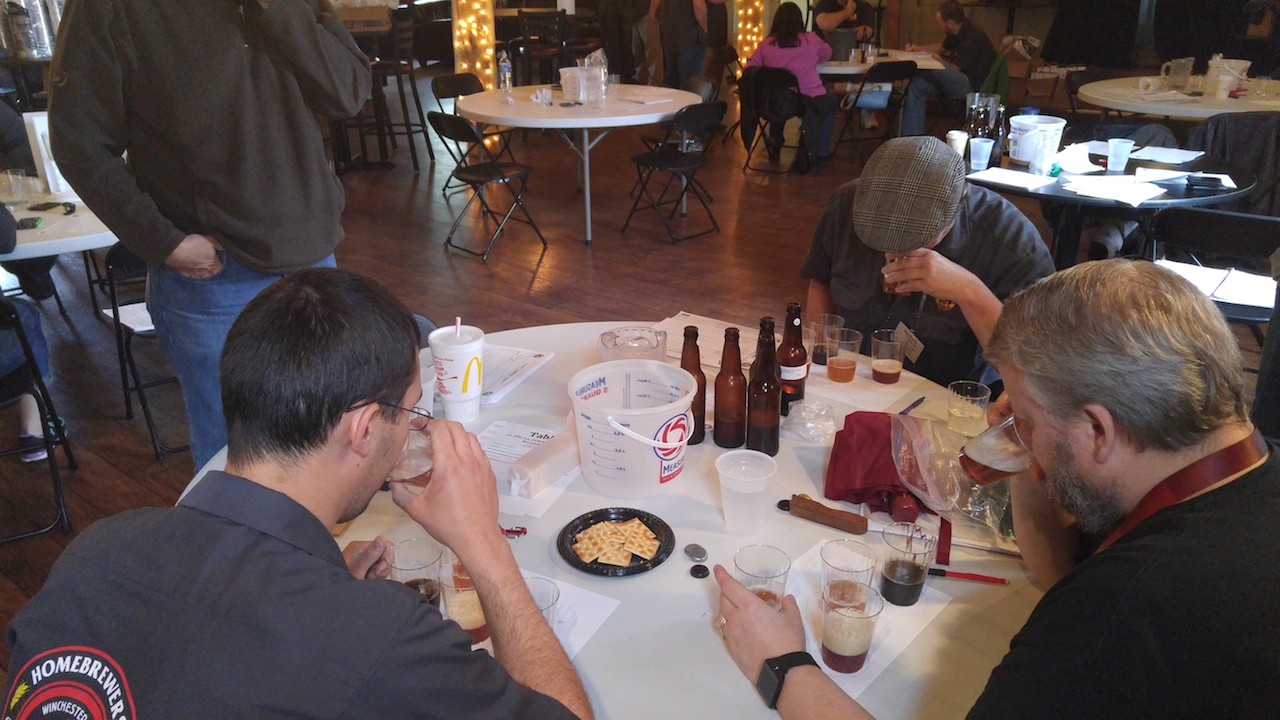
After lunch, all the judges and stewards were put into brand new categories, carefully selected so no one was drinking a beer in their own bracket. I was situated between two experienced judges, who dreaded finding out their final arbitration would be a mix between three “wild” categories: Historical Beers, Alternative Fermentable Beers, and Specialty Beers. Categories may be mixed into a single bracket if the individual groups do not have enough entries, but it gives more prestige to the award.
My group only had five beers in our flight, but they were no joke. Although Historical Beers contain signature styles like Goses and Roggenbier, the other two categories are notoriously difficult to judge. The main criteria for both categories is if they match close enough to what they promise, so identifying them properly is key. One of the subcategories included “Clone” beers that just matched beers on the market. It’s not as easy as it sounds however. We had one unfortunate beer that was an infected “Sweet Baby Jesus” clone and a second beer that was essentially Arrogant Bastard plus a fifth of bourbon.
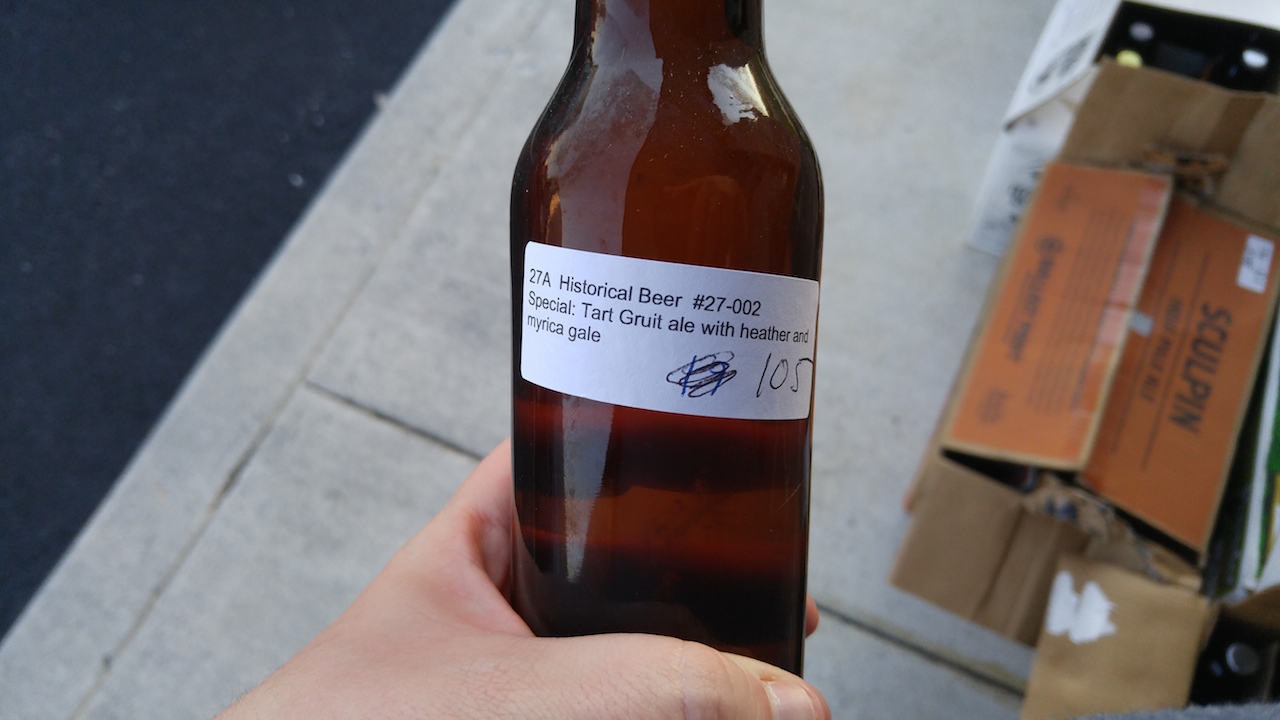
The second judging group was a lot more fortunate with the beers they tried. The beer that won the gold was Dead Tree American Rye, a wheat beer…where all the wheat is replaced with rye. It delightfully crisp but contained the strong, roasted spice of rye bread. Second place went to a lovely Kentucky Common, which is like cream ale but more biscuit/caramel malts. If these categories encapsulate anything about homebrewing, it’s the adventurous, undaunted spirit to try whatever your heart or mad scientist brain desires (And the two tasted magnificent blended together).
I wasn’t there for the grand “Best Of Show” tasting as it was organized for the top judges, but I did attend the award ceremony at the actual Hop Blossom Craft Beer Festival. The SVHG couldn’t be more excited when member after member was called up for awards. There’s something positively invigorating when you find out your beer is not only good, but recognition worthy. Every brewer had to start months ago choosing the right yeast, get the equipment ready, and clean every bottle for the perfect pint. These are the standards people hold up to craft breweries every day.
Entering beers into a competition as well as working behind the scenes of BJCP judging has given me a new appreciation for beer itself. A beer doesn’t have to fall within style guidelines to be good, but it plays a significant role in expectations towards a purchase. When you homebrew, you have to research and hope for the best after months to see if everything came through. I’m still racking my brain over how people are working cucumbers or chili peppers in the right way for the perfect flavor combination.

I say to anyone who appreciates beer; reading the BJCP Guidelines is very helpful to recognize the core to every style available. I highly recommend everyone try judging a beer once to learn the process and effort that goes into making award-winners.




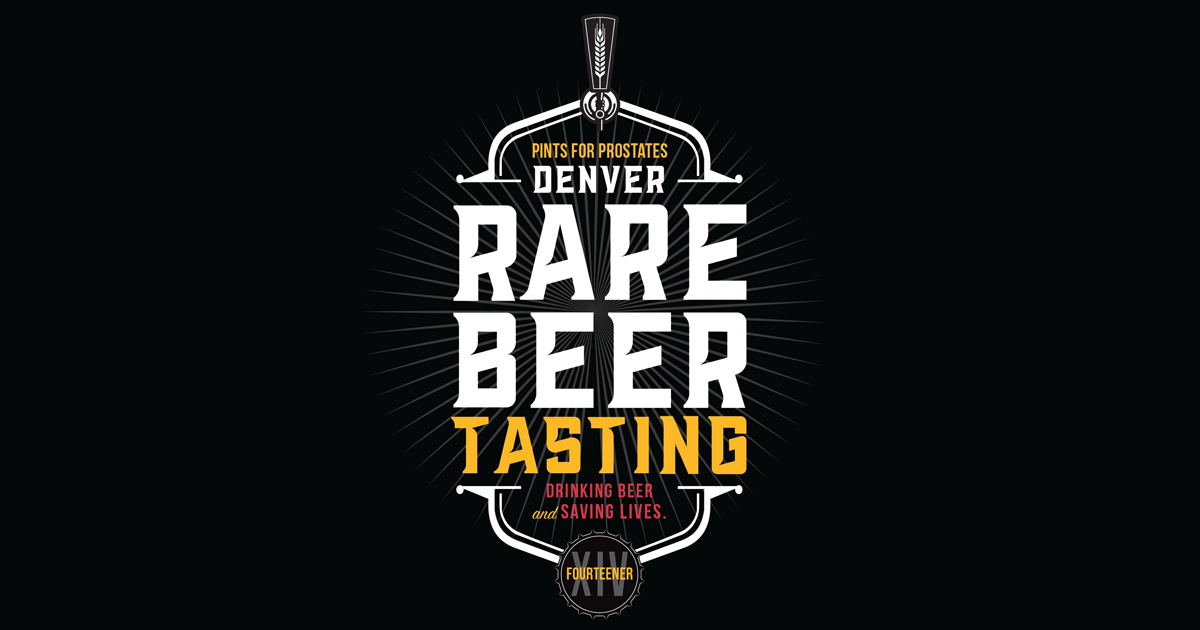
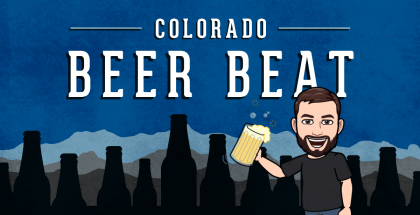
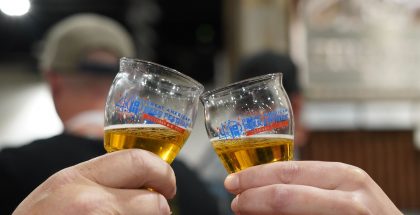

Submit a Comment